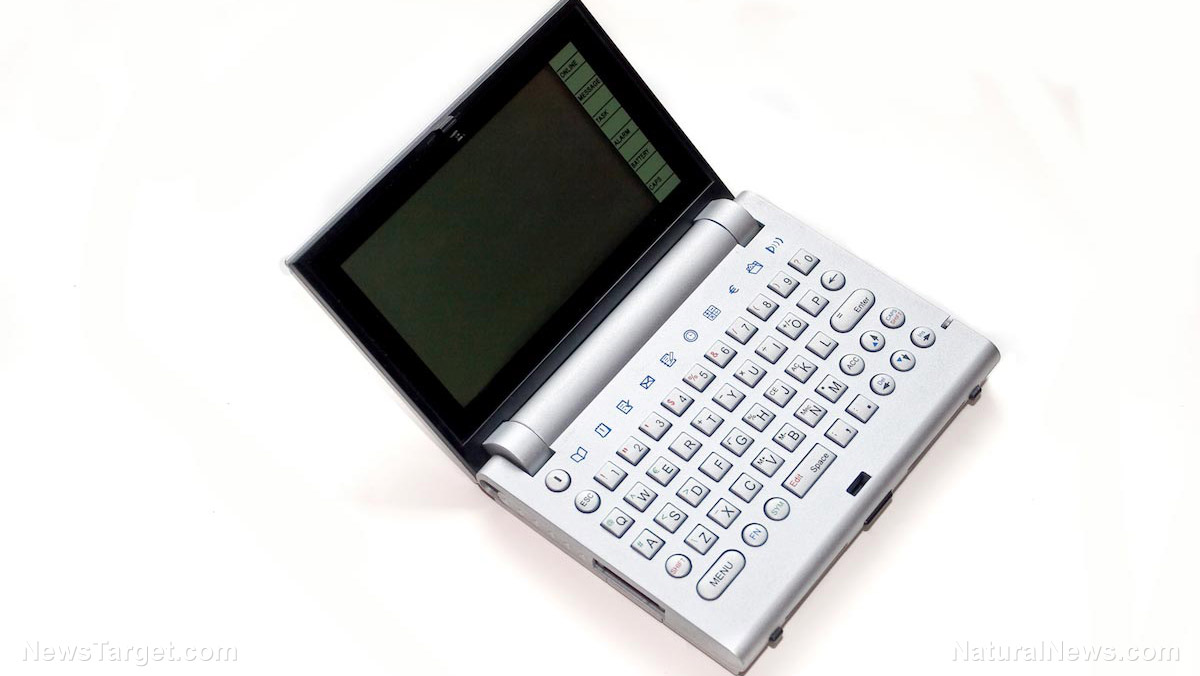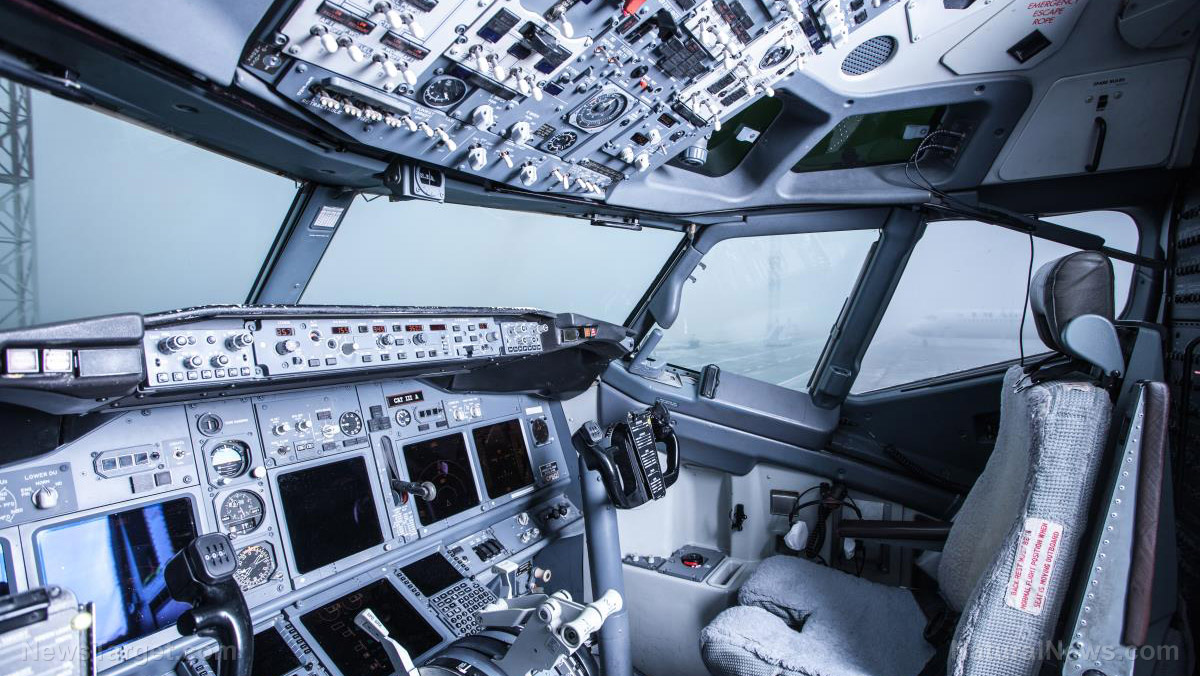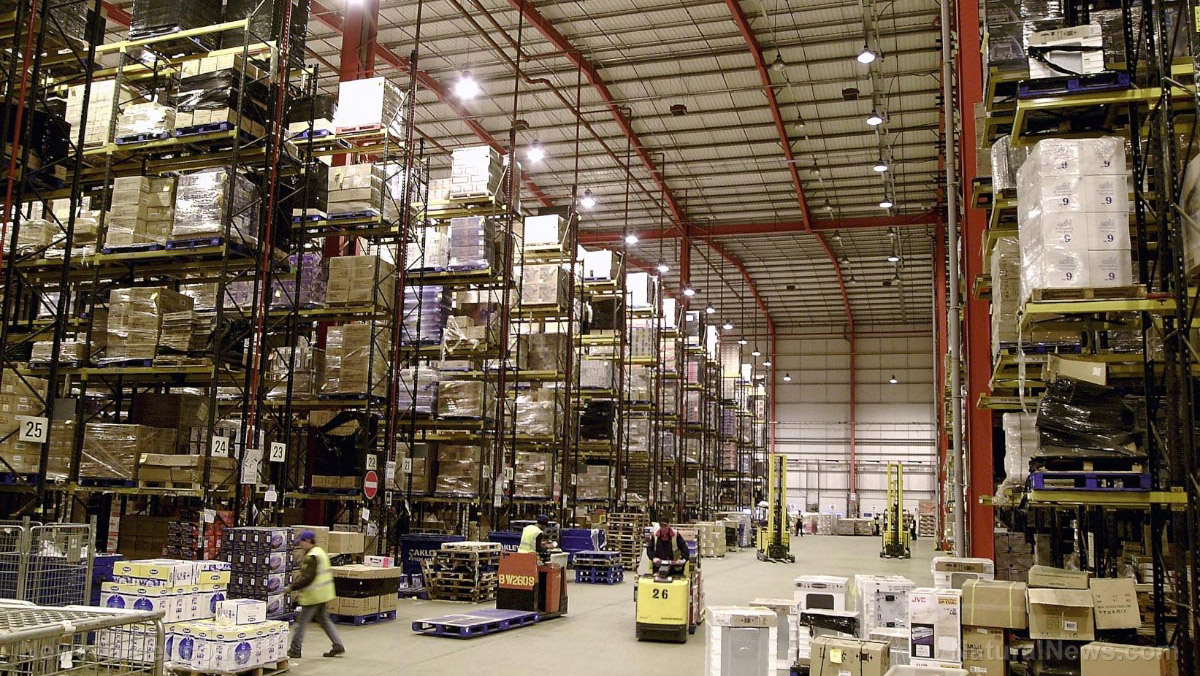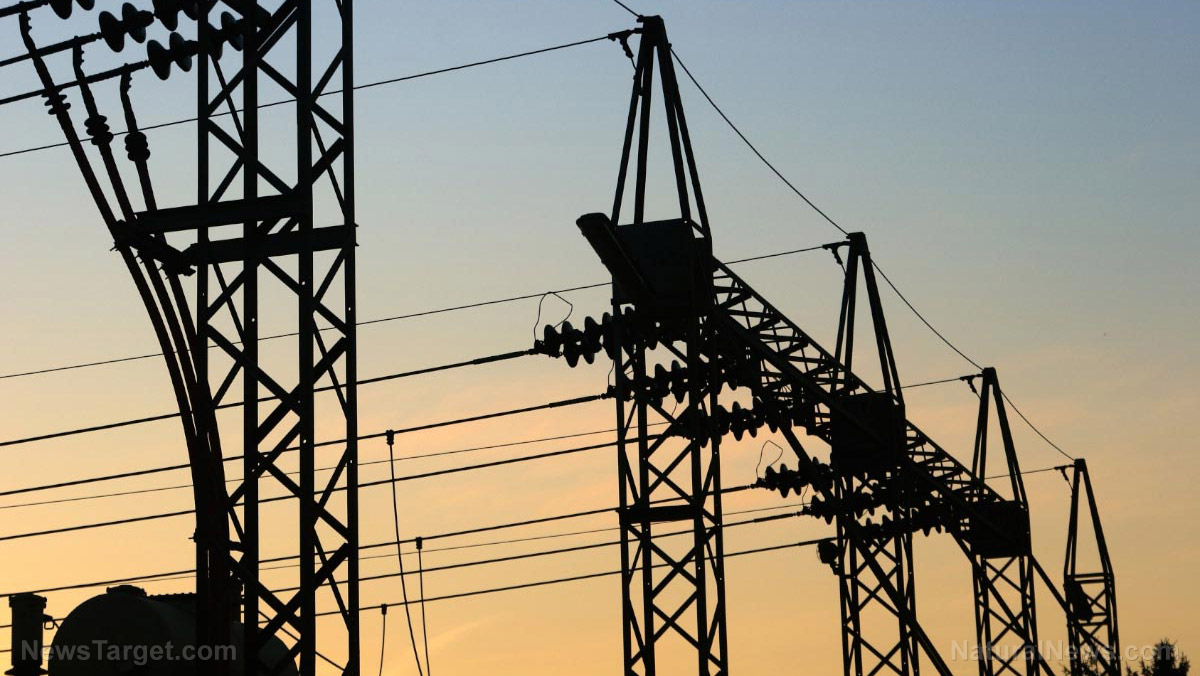Making a DIY survival kit for your electronics before SHTF
09/20/2021 / By Mary Villareal

One of the most common problems you may face during a survival scenario is the lack of electricity or communication. With the power out and no working cell phone in sight, things may get a little challenging when SHTF.
This is why it is important to have electronics as part of your survival prep plan. Here are a few things you may want to consider when planning how to protect your electronic gear for when disaster strikes.
Power sources
Electronics won’t do you any good unless you have a good power source to keep them alive. While it may be a stretch to have a solar or wind power system for your home, you can have more portable versions.
For instance, you can start with a portable solar power source that can work with multiple device types. In addition, you could spend money on solar panels for your home. The latter is a great idea if you’re planning to bug-in when during a disaster.
Hand-cranked power sources are good, too, but they can be pretty tiring to operate. Before getting a hand-crank power source, you may want to reconsider if you think it is worth an hour cranking up a generator to get a bit of light or power to fill your batteries. (Related: The prepper’s guide to surviving a power outage.)
Communications
Electronic communication will help you bridge distances. While many of us haven’t turned on the radio in years, in times of crisis, the emergency broadcasting system will use the old-timey terrestrial radio to get out information. Most radio stations have backup systems to get them through some crisis and allow them to disseminate information in the first few days and get information flow to continue.
There are many hand-crank radios in the market, and most of them are emergency-oriented, so they have AM/FM and NOAA weather frequencies. Many of them even come with a flashlight!
Keep a small radio when you plan to bug out because even in SHTF situations, communication is important.
Data storage
We currently have the world at our fingertips — everything is available on the internet these days. However, without electricity, we will lose that resource and face some significant challenges.
To supplement this, it is important to build your personal library. Paperbacks can be a bit bulky to carry around, so the next best thing is an e-book reader that is filled with as much information as necessary. Most e-book readers support PDFs, so you can put in field manuals, survival-oriented books, reference materials and even literary works to keep you occupied on long days. Instead of looking up information on the internet, which may or may no longer exist, you can look up information in your digital library.
In addition, you can also store electronic copies of important documents in your e-book reader, such as identity documents, family connection documents, medical documents, and even ownership files.
Medical equipment
If you or your loved ones have medical conditions that need checking from time to time, it is important to have them in your survival kit. That said, these too will need power. Respirators, sugar level checkers, and even pulse oximeters are now electronic, so you have to consider them as well.
Being prepared for everything is impossible, so you must prioritize your needs in case you need to bug out. Rank your purchases and prioritize which skills you need to hone.
There are so many what-if scenarios that a good bulk of your prepper kit may end up not being useful at all. Electronics could also get damaged during an EMP attack, so make sure you keep vital survival items in EMP bags so that they don’t get fried when you need them.
Learn more about surviving a post-apocalyptic world at Disaster.news.
Sources include:
Tagged Under: bug out, Collapse, devices, electrical grid, electronics, EMP, EMP attack, gadgets, Gear, grid down, how-to, off grid, power grid, preparedness, prepper, prepping, SHTF, solar flare, survival, survivalist
RECENT NEWS & ARTICLES
COPYRIGHT © 2017 PREPAREDNESS NEWS





















